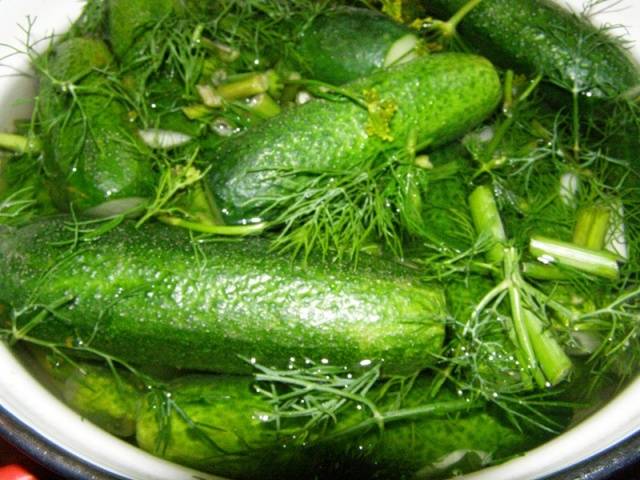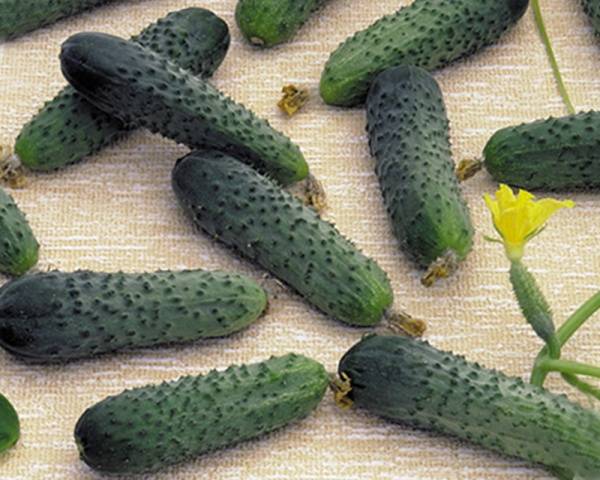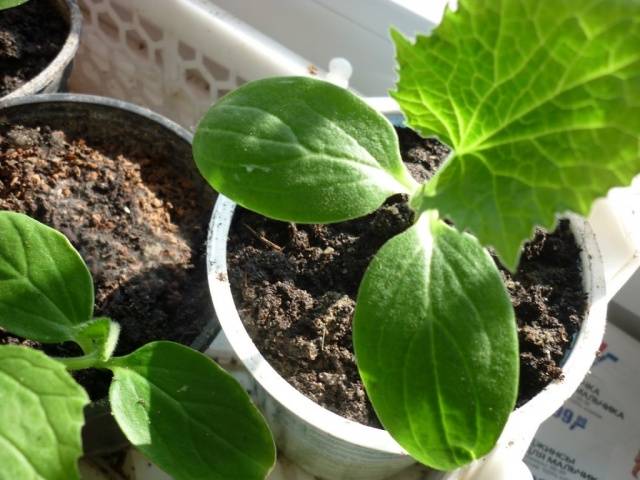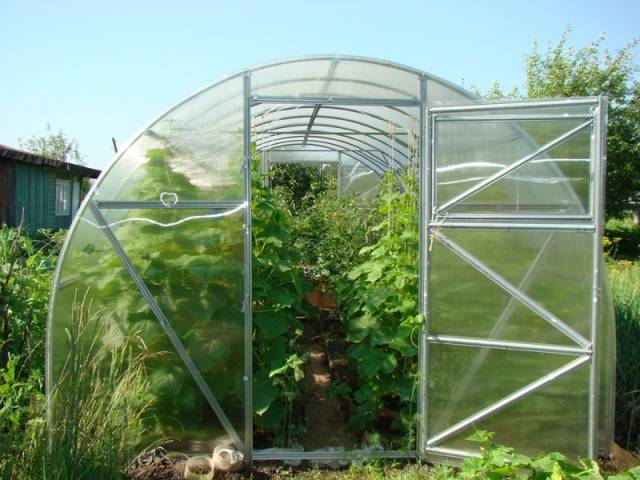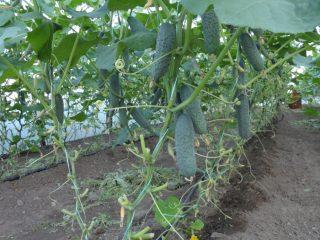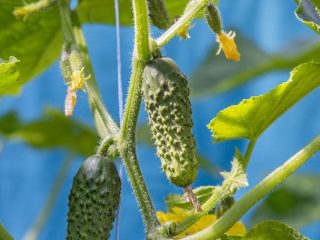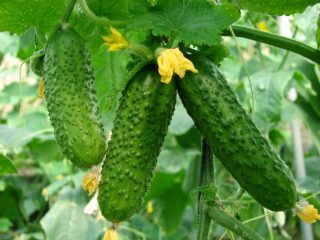Content
Among the many hybrids of cucumbers, the most popular are those that are characterized by a genetic lack of bitterness. A description of one of these varieties is below.
Description
The cucumber variety was bred in Holland by Monsanto; Seminis is engaged in seed production. In 2007 it was entered into the state register of Russia. Over the past decade, it has shown excellent results in the Russian climate.
A number of advantages of this variety can be noted:
- High early maturity;
- Good productivity;
- Does not need insect pollination;
- Versatile to use;
- Has fruits of high commercial quality;
- Resistant to many diseases of cucumbers;
- It tolerates unfavorable weather factors;
- Possesses excellent taste.
It is not without reason that the manufacturer compared cucumbers of this variety with a meringue dessert - they are very sweet, with a characteristic aroma of cucumbers. Great for salads. For conservation, both greens and gherkins are used.
Characteristics of the variety "Merenga"
Cucumber "Meringue F1" is a parthenocapic that does not require pollination. Plants are tall, female flowering type. The bushes are open, the leaves are small, the pubescence is medium. Up to 3 ovaries are formed in one node. The cucumber is early ripe, no more than 40 days pass from germination to the first harvest. Fruiting during the entire growing season. Hybrid, seeds of the second and subsequent generations do not repeat varietal characteristics.
Fruits are cylindrical, with large tubercles, excellent presentation. The size of the fruit is small, up to 12 cm, the thorns are white. Resistant to overgrowth, deformation and yellowing.
It is characterized by amicable ripening of the first wave of the harvest. It is resistant to many fungal, viral and bacterial infections, such as powdery mildew and cucumber mosaic virus.
Designed for growing in open ground and greenhouses. In the open field, the yield of cucumbers is up to 12 kg, in the closed field - up to 15 kg.
Outdoor Grow Tips
Cucumbers "Merenga" are most often grown through seedlings.
To preserve the fragile roots, it is recommended to grow cucumbers in coconut tablets or briquettes. Plant breeders in reviews are not advised to use peat pots or tablets for growing cucumbers, as they easily lose their shape.
In order to get healthy, strong seedlings, you must follow the following rules:
- The land for cultivation should be light, free of weed seeds;
- Each plant must be provided with a separate container;
- It is better to plant seedlings later than overgrown plants;
- It is necessary to provide the seedlings with a sufficient amount of ultraviolet radiation, if necessary - to supplement them;
- Water gently - excess moisture can destroy the roots of cucumbers;
- Before planting in a permanent place, it is necessary to harden the seedlings.
The characteristics of the soil are of great importance. With high acidity, lime or dolomite flour must be added. It is undesirable to water the cucumbers abundantly before planting, a wet earthen lump may lose its shape, this will make it difficult to transplant cucumbers.
It is most convenient to use a coarse mesh stretched over trellises. The leaves of the “Merenga” variety are sparsely located, the fruits are clearly visible, so the picking of the cucumber crop is not difficult.
Cucumbers respond well to the introduction of complex fertilizers, it is desirable to use the nutrients in a chelated form. Chelated fertilizers are more easily absorbed by the root system of cucumbers, they can be effectively used for foliar dressing.
Cucumber fruits overfed with nitrogen are poorly stored and become unsuitable for canning.
It is necessary to harvest cucumbers at least once every 4 - 5 days. If you leave the greenery on the bush for longer, the bush will waste nutrients in vain, in addition, the formation of new fruits stops.
The cucumber continues to bear fruit until frost. If you provide shelter to the cucumber in the fall, you can significantly prolong fruiting.
Features of growing in a greenhouse
Cucumber variety "Merenga" is successfully used for cultivation in greenhouses, however, it should be borne in mind that in winter, a cucumber requires additional lighting. Without it, the plant will be elongated, weak, with low productivity.
The description of the variety guarantees resistance to the most common diseases of cucumbers, but any errors in the care weaken the plant. Nutrient deficiencies, low temperatures, insufficient or excessive watering, lack of ultraviolet radiation can provoke an outbreak of infectious diseases in cucumbers. To prevent this, it is necessary to carefully care for the plants, carefully monitoring the changes that may indicate a possible disease.
Conclusion
Despite the fact that the hybrid of cucumbers was bred in Holland, it was perfect for growing in the Russian climate, which is characterized by unstable rainfall and other unfavorable weather factors.
